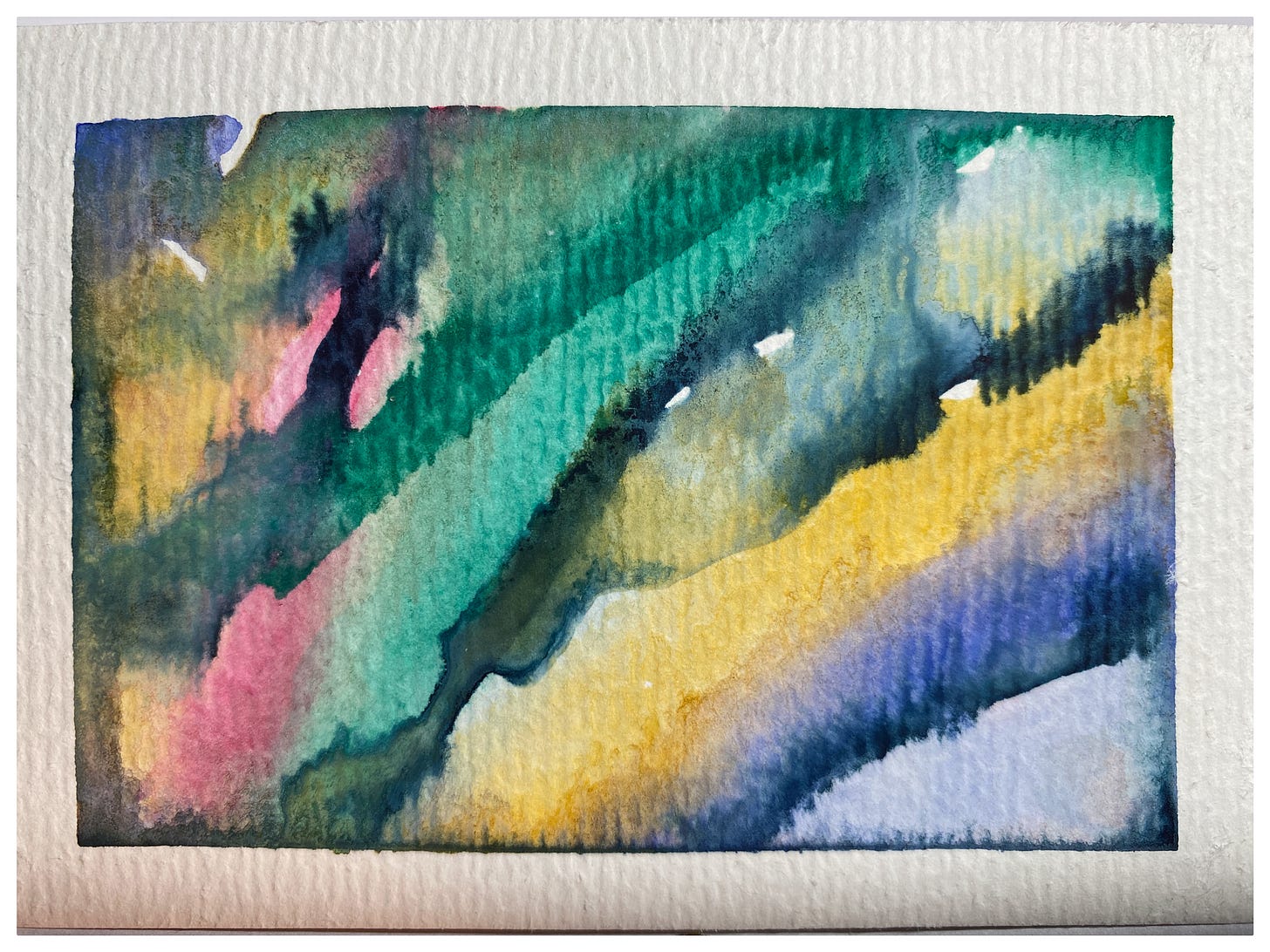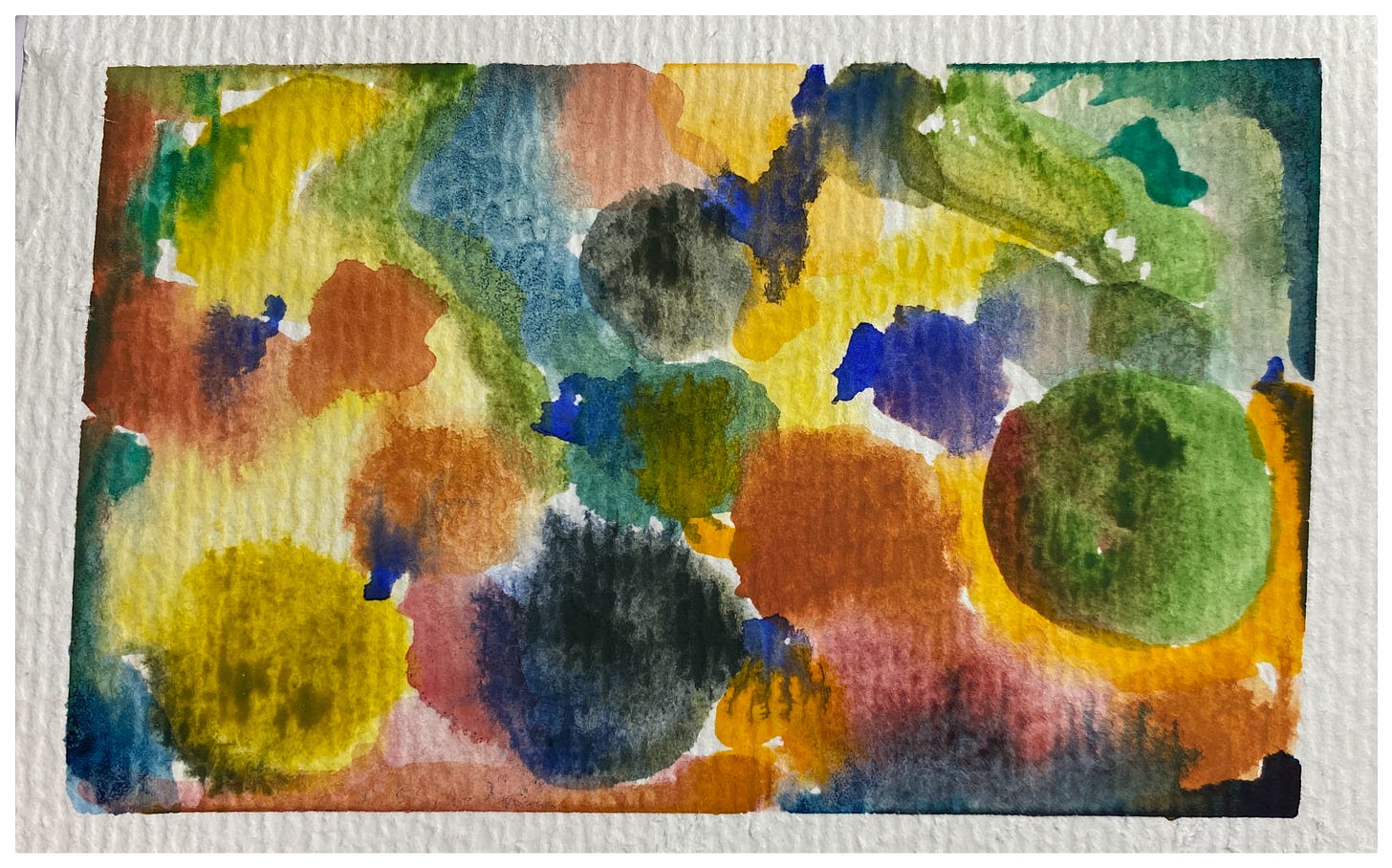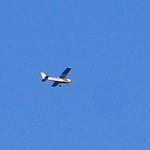Hi. Welcome to “Living in a Body.” Please press the PLAY button above to listen to the recommended podcast version of this publication. Enjoy. H
BTW… “Quiet Time with Hal” is ongoing…
Sunday afternoons at 4:00 EST on Zoom. All are welcome to share 20 minutes of quiet. Join here: Zoom Invite Link
In-person (Kent, Ohio)— Schedule one on one
Body Sounds
In every publication with the title “Living in a Body,” there comes a day when you got to have an episode that talks about body sounds. Well, this is that episode.
As you know, I live with M.E., myalgic encephalomyelitis. In the last several months, it's become quite a bit more severe. It's a multi-systemic illness. For years, I prided myself in having a rock solid digestive system. I could eat pretty much anything and it always did fine. But that's not the case anymore. Within the last few years, with all these crashes, my digestive system has gone out of whack. And whenever I eat or drink anything, it turns into chaos in my stomach. My stomach fills with gas and chaos starts happening in the form of burps, rumbling, tumbling and boiling and squeaking — all kinds of sounds coming out of my stomach.
You know, when I'm by myself, it's okay. I'm kind of getting used to it. But the other day, I was at the Quaker Meeting for Worship, which is a silent meeting. My friend Annette picked me up and I was really grateful to be out of the house and among friends. And there were about 12 or so people sitting in a circle at the Quaker meeting and the silence began. And the idea of a Quaker Meeting is that we sit in silence and we listen for the still, small voice within. And when the spirit moves, if the spirit moves you to speak, then you speak and minister to the whole congregation. So there are no ministers, every person in attendance is listening for that still, small voice and can speak it out when they're so moved. Well, for the first half of the meeting, I was in an utter, self conscious struggle, because my stomach was making so much noise. Here I am in this silent room, sitting in a wheelchair. And my stomach was just going crazy.
It was awful. And I was so … I was so self-conscious of it. I was so embarrassed. I was thinking about the guy sitting next to me and the woman sitting next to me and they must be like, “Who is this guy in a wheelchair whose stomach is making so much noise?” It was making a significant amount of noise. Unless they were hard of hearing. I think everyone in the circle could hear my stomach. I was thinking at what point do I get up and leave the room and go to the bathroom. But I just kept sitting there and saying Okay, Hal? Listen for the still small, small voice of God. But I couldn't find it. Because I was so distracted by my stomach hoping that it would just stop. My eyes were closed, I was hunched over and I was just praying, God stop this. These noises. This is embarrassing.
Well, then one of the other members spoke out of the silence. I was so glad that he started speaking because the attention could be taken away from the sounds that my stomach was making, to the words that he was saying. And he gave this beautiful share. I won't be able to repeat it, but the essence was he was comparing Quakers to the Shinto Buddhists of Japan. And how the Shinto Buddhists, I believe this is what he said, believe that there's that of the divine in each of us. In each of us is the light and the light is within us and the light is perfect. Each of us as perfect in our own way, as we are.
And as I heard him say that I realized I was among friends. These are Quakers. These are older Quakers, they've been sitting silently for many, many years, in this Sunday morning gathering and they're not thrown easily by funny sounds coming out of some guy’s stomach. So as he was speaking, I got a new perspective. I realized I was among friends. And interestingly, right about that moment, my stomach actually settled down. And I was finally able to settle into the quiet.
After the hour silence, they have a time when you can share things that might not have been appropriate to say during the meeting. And I was thinking, I'm gonna say something about my stomach and kind of apologize or explain why it was happening. But then I had this little glimmer of the Divine Light within that said, Hal, now's the time to say it, say it now. And it was very clear to me that the voice was saying, the still small voice said, Say it now, Hal. So I opened my mouth and I spoke, I'm living with an illness called M.E., myalgic encephalomyelitis. It's a multi-systemic illness. And one of the symptoms that I've been dealing with lately is a very noisy stomach. Well, I spent the first half of this meeting, battling self-consciousness about the noisiness of my stomach. And then I heard the previous ministry, I heard the previous share. And I was reminded that I'm among friends. And that I'm just perfect the way I am, noisy stomach and all. And I'm so grateful to realize that I can come here and be myself. Noisy stomach and all. I don't know if I said it exactly like that. But it came out and I felt good about it. And then I let it go. I also mentioned that interestingly, ever since the previous share, my stomach had settled down. For the rest of the meeting, my stomach was very quiet. It settled down.
So that's my little story about body sounds — how embarrassing body sounds can be, like burping or farting or these noisy gurglings in my stomach, but it's a human experience. You know, these are bodies and they make noises. And why do I have so much shame and embarrassment around the fact that my body is making sounds? The truth is that each of us has that Divine Light within and we're perfect just as we are — body sounds and all.
So I have one other story to tell about body sounds. And it's a totally different subject, but I think it's worth it. For the last 25 years, I've been teaching mass harmonica lessons in schools. I walk into a school and hand out harmonicas to the entire third grade or to the entire fourth grade. And within a few lessons, I give the entire grade level a foundation for a lifetime of playing the harmonica. And I developed a system that I am so proud of. It was so effective. It was a highly effective system. I could walk into a school and connect with those kids so quickly and get them playing real music on a harmonica because of this system that I developed in no time at all. So I'm going to just give you a brief explanation.
I say that in all beginning harmonica playing, there are only two choices — blow and draw. The first step in learning to play the harmonica is knowing when to blow and when to draw — what it feels like and sounds like to blow and what it feels like and sounds like to draw. So before we ever picked up a harmonica, I introduced the students to hand motions, full body motions illustrating the push and the pull of the diaphragm. Push was a blow and pull was a draw. We would do this dance-like pushing and pulling where they would imitate me. “I go then you go.” “Blow draw Blow, Blow draw blow” with hand motions. It was is a beautifully kinesthetic approach to learning to play a musical instrument. After an extended period of time of mastering the hand motions without a harmonica, I would put a harmonica into their hands. Then we would continue the call and response, “I go, then you go. Play exactly what I play with hand motions at all times.” And within minutes, a whole chorus of harmonicas playing in unison would make a beautiful sound. And step by step I would add new complications. We added the harmonica going down and up and added some tonguing. The first song that we would learn was nothing but blows and draws and up and down. It was Turkey in the Straw.
blow D blow, blow, blow,
blow D blow D blow D blow,
blow D blow, blow, blow,
blow D blow, D, D, (the D stands for draw)
blow D blow, blow D blow, blow D blow D blow D blow,
Blow D blow D blow.
And there were only two rules for mass harmonica instruction. Rule number one was “hand motions at all times.” This was the key to the success of this method. It was a full body approach to learning that harmonica. And rule number two was “no individual tooting.” You can toot whenever you want in the playground, when we're not in class, you can toot at home, you can toot on the bus. But when you're in my class, there is no individual tooting. When we toot, we only toot together, the only time that tooting is allowed is when I've asked you to toot as a class. And I will say this with a totally straight face.
And the beauty of the way I taught was, I would walk into this large class. Like for instance, let's take Bucyrus Elementary School. I spent a year residency there. I was there once a week all year. And I was teaching the entire third grade to play the harmonica. The entire fourth grade was a choir that was learning my song, My State Ohio, which sings the 88 counties of Ohio in geographical order. The fifth grade was doing stick dancing, and banakula making.
But the third graders were playing the harmonica. And I’d walk in there. And within 10 minutes, I’d let them know who's the boss. In a fun and funny and powerful way. I let those kids know who was in charge, and that I don't mess around. But I was constantly messing around having fun. Like I had this humor. I had this humor mixed in with authoritarianism. The teachers were amazed. In a calm and fun way, I created a very powerful technique for classroom management.
I'd use this one technique in order to get the kids quiet. I’d sing “cuckoo cuckoo” in a hooting voice. And they’d respond “cuckoo cuckoo.” And after that I demanded immediate silence. Every 10 minutes or so, I'd say, Great job, it's time for a two minute break. Talk amongst yourselves. Let it out and the place would get loud. And then I'd sing “cuckoo cuckoo,” and they’d respond “cuckoo cuckoo,” and then immediate silence. And I didn't stand for anything less than perfection in the silence.
And when they had harmonicas in their hands, there was no individual tooting. They learned that from the beginning. You can’t make a single sound with that harmonica, unless we're tooting as a class. So of course, I'm talking about tooting and they're all thinking about farting. But I never crack a smile and they can’t believe I’m saying this. I go around and I asked the third graders, what are the two rules and they'll say, “hand motions at all times. And no individual tooting.”
I loved teaching these classes so much. I miss it so much. They called me Mr. Hal Walker. I was so good at it. I so regret that I never created the teacher manual about how to bring this into your school if I can't be there.
You know, my hand motions were so big. They were full body motions. And I would do this one thing. I’d say, push, pull, push with a full body motion and then I’d get so into it that my legs would slide into the splits and I would be tottering with my legs spread, about to fall down and calling for the class to help. Somebody come help me! I'm about to fall down! Then the whole front row would rush up to save me and hold me up. And then they’d get back to their seats and we go on back to the teaching.
And whenever someone did well, I'd go up to them and I'd say, what's your name? And he'd say his name. I'd say, it is a pleasure having you in my classroom. I heard you playing. And that was excellent. Thank you so much. And then I'll put my hand out to shake his hand. And then they’d usually give me a very weak handshake. And I’d take that opportunity to teach them the proper handshake, firm squeeze, small shake. Over and over again for a year, these kids were learning “firm squeeze, small shake”, and to look me right in the eye when we shake hands. We were practicing hand shaking as part of the harmonica class.
Anyway, you know, it's all fun and games while I'm sitting here telling you guys this but I've gone through so much grief — letting go of the idea that I'm a harmonica player. Letting go of the idea of these mass harmonica lessons that I loved so much. But what does God have in store for me now? What's in store for me now? This is the life I've been given. This is the path I've been given. How can I be of service? How can I help others? Show me how this illness can grow me.
And I've grown a lot. I have grown a lot. This illness is growing me. It's been a painful process of growth, but it is growing me. I don't get to be driving around Ohio teaching harmonica lessons. Instead, I'm going to the Quaker meeting on Sunday morning and sitting with a very nice group of older folks listening for the still, small voice of God. I left that Quaker meeting last week with this little idea, this thought of my alter-life, the alternative life that I might have lived as a minister, you know, following in my dad's footsteps. But instead, I got into the lying, cheating, stealing and the addictions and the drive and building the Hal Walker enterprise — proving to the world that I'm amazing, creating havoc. You know, I didn't always create havoc, but I created my share of havoc… and I created my share of beauty.
So I'm glad to share this with you today. Thank you for listening to my story. Body Sounds. Enjoy living in that body today. It’s not going to be around forever. Believe me, I'm learning that the hard way. Anyway, I really wish you well. I'm so grateful to have this platform. I'm grateful for this way to connect with you. Tell me. What are the body sounds in your life? (lol) Leave them in the comments. Tell us your favorite body sound or your least favorite body sound. Or the most embarrassing time around a body sound or your thinking in general about body sounds. All right. All the best to you. Love you. Bye bye. ❤️ Hal
















Share this post